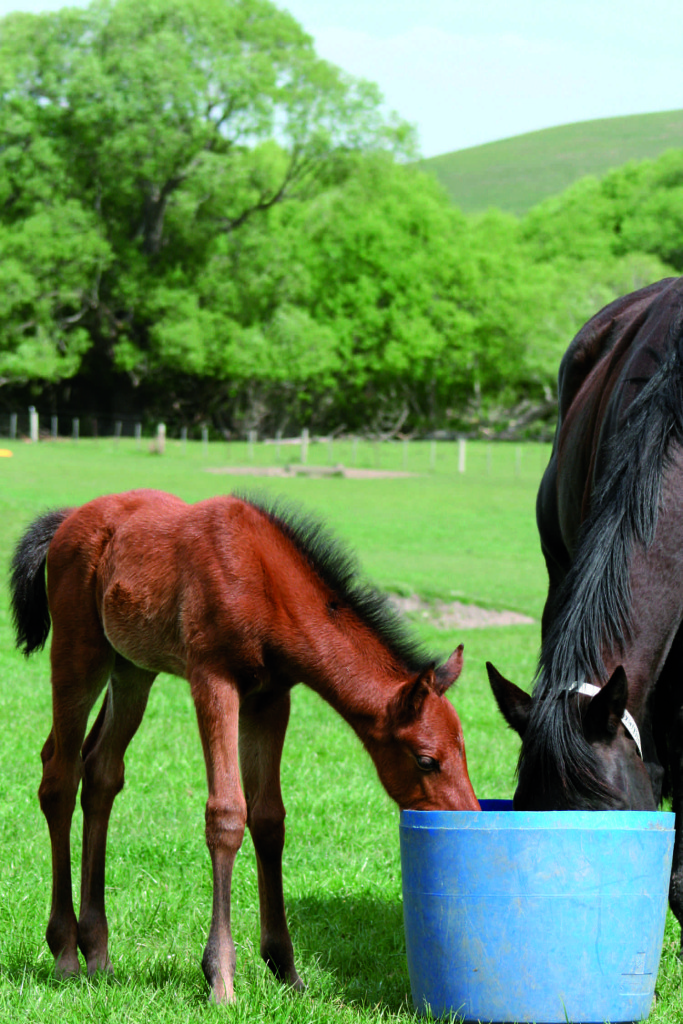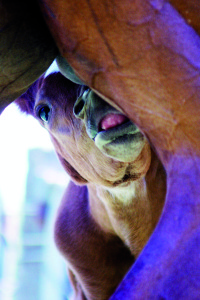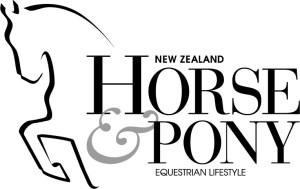
Weaning is an important stage in any young mammal’s life – and horses are no exception. Many breeders at this time of year will be planning for the weaning process, and within this, adequate feeding is important to ensure the foal carries on developing in a correct manner.
Weaning stress and the digestive tract
Weaning can be stressful, not only from an emotional and behavioural point of view for the foal, but also concerning the workings of his gut. If the mare is hard fed throughout her lactation, you will notice the foal helping himself to small amounts of hard feed, even at a very early age. This is quite normal and is part of the way the foal investigates and samples the outside world. It is also useful as the foal gets older, as it means the transfer from a milk diet will pose fewer problems as the foal has already experienced other feeds.
Stress in the digestive tract during weaning can lead to problems in later life, including colic and gastric infections and ulcers, on top of any psychological issues. Making sure the foal is correctly developed for his age, has an appropriate condition score and is already eating hard feed (either supplied directly as a weanling ‘creep’ feed or from his dam’s feed) will minimise this stress. Make sure the foal is wormed and vaccinated at least two weeks before weaning, in order to let his system settle down. If you haven’t already done this and need to wean the foal now, leave any other interventions until a minimum of two weeks after weaning. Keeping conditions constant around the foal at weaning is key to reducing potential gastric upsets, so try to keep him in the same paddock and with the same feeding routine as the other horses.
When to wean?
Newly-born foals subsist on milk alone, and it isn’t until they develop their teeth to a sufficient degree that they are able to graze. However, by the time weaning is being considered, the foal should already be regularly grazing, which will make the change-over from milk less of a problem. This shows that he is reducing his reliance for obtaining the majority of his nutrients from his mother’s milk.
The timing of weaning may be something beyond the owner’s control (eg. if the mare dies), but normally foals are weaned between five and seven months of age. This will depend on when the foal was born. Early foals, with good amounts of grass ahead of them, may be left longer on their dams, whilst later-born foals may be weaned sooner, as the grass stops growing.
It is not a good idea to keep a lactating mare on poor pasture – she has very high nutritional requirements whilst producing milk, and her health and subsequent breeding ability will suffer if she loses body condition.
It is possible to successfully wean foals less than two months old, (usually done due to some sort of crisis with the mare), but these animals will be slower growing. However, with good feeding, ‘compensatory’ growth (ie. catching up) normally occurs within the first year of life.

Early weaning
Early weaning (at around four months) can be useful as it means the mare needs less feed to maintain lactation and has longer to get into shape for the coming breeding season. This is important if you are planning breeding early in the season, as it gives her a better chance of conception. The practice of removing foals from their dams early is thought to have no negative impact on the foal’s development. Some consider that an early weaned foal, which can consume grass freely and has his own allocated hard feed, grows much better than those left on the dam for longer periods.
Changes in the foal’s gut environment
The development of the hind gut, which contains micro-organisms which digest the fibre in their post-weaning diet, comes about from a number of sources. The primary source is the mare herself – foals ingest bacteria from around her udder and will consume her faeces, which helps to seed the gut with the right balance of bacteria.
They will also take in substances from their environment, like soil. As anyone who has had dealings with young horses knows, they tend to try to eat things first off when investigating their surroundings!
This intake of material from their environment has two benefits. Firstly, it can provide bacteria and other micro-organisms that are useful for digestion in the hind gut. Secondly, early experience of all forms of bacteria and other germs (including bad ones) is essential for the development of the foal’s own immune defences, as his body must learn to identify what is harmful and what is not, and act appropriately.
Weaning and immunity
During weaning, the foal’s immunity often decreases. This is due to the changes in its digestive tract, digestive upsets and coming into contact with unfamiliar micro-organisms. In order to maintain good immune responses and minimise gastric disturbances, which may manifest as scouring (diarrhoea), a ‘check’ in growth or loss of condition, pro- and pre-biotic supplements may be added to the diet. These work by stabilising and promoting the correct balance of micro-organisms within the gut. Some pre-biotics, such as specialist oligosaccharides, interact between the consumed bacteria and the immune system in the gut, improving the development of the foal’s immune system.
What to feed a weanling
The most important aspect with young horses is not to overfeed them, and to keep all nutrients well in balance (especially minerals). Developmental disorders, such as the orthopaedic diseases, occur due to imbalances in nutrient supply at an early age. This is especially noticeable in horses that are allowed to get too heavy without being supplied with adequate amounts of minerals in the right proportions to maintain skeletal and tissue strength.
As we currently have little data on growth and feeding in different breeds, most of this is currently achieved by close monitoring of the weanling’s condition and development, and adjusting the feed accordingly.
- This article first appeared in the April 2009 issue of NZ Horse & Pony magazine






